
I slipped out of my ride, having hastily paid the driver, and gazed at the imposing brutalist structure before me. Could this be the place? It seemed like the right place. Amah Studio, the location of Originals Studio Lagos—billed as an event for “Lagos’ next wave of creatives—was purportedly located on the top floor of a high-rise building. I had heard multiple accounts of the immaculate view of the sunset that the building provided from friends and acquaintances. I myself had vicariously steeped myself in the transcendental view—the sun, a gelatinous orange, streaking the sky with myriad tints of amber—through pictures and videos gleaned from social media. And yet all of that seemed elusive, incongruous perhaps, set against the backdrop of the serene street in which the building is located—nothing nearly transcendental seemed to be at work.
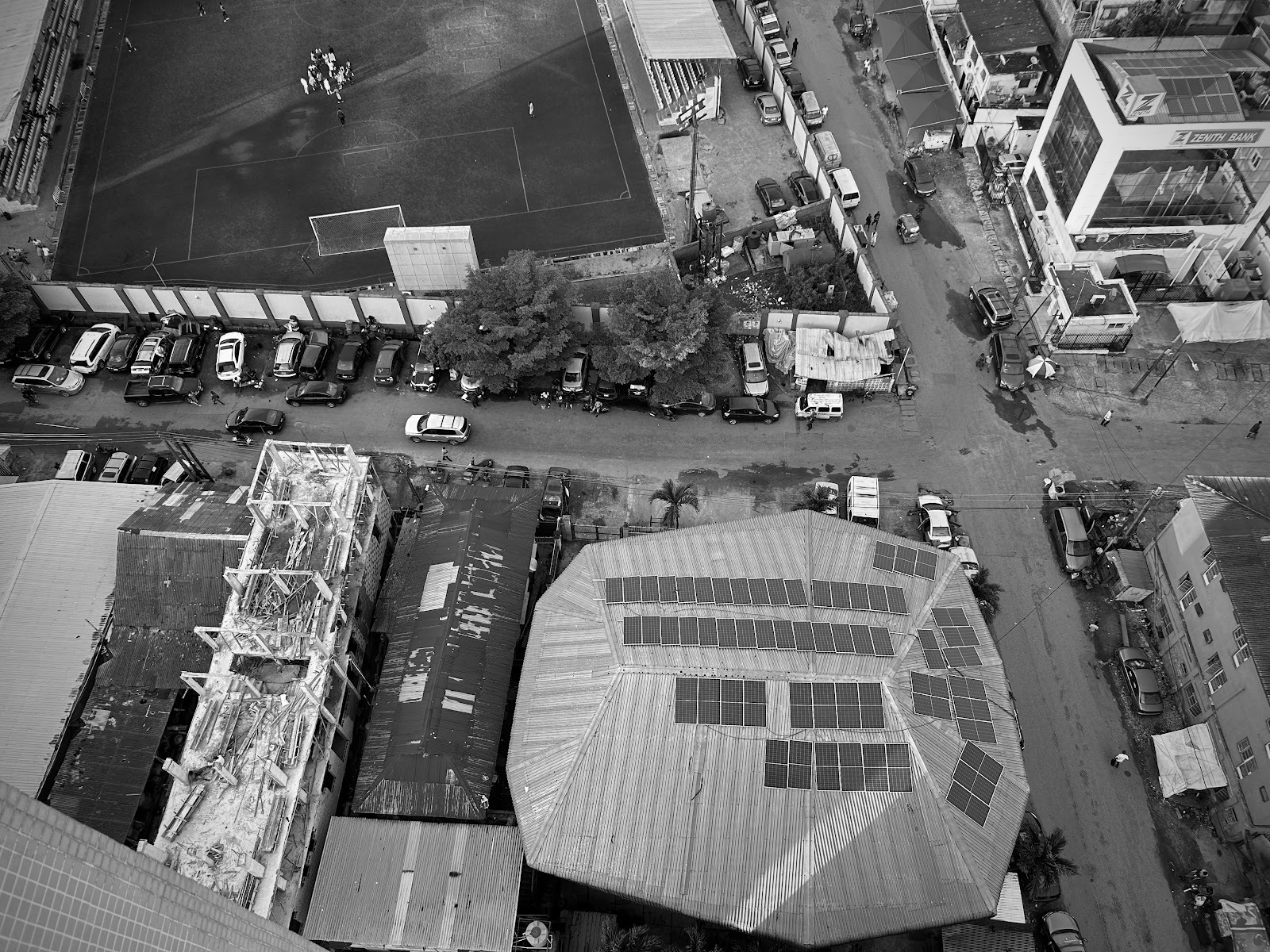
Entering the compound, I trotted up a ramp and, sure enough, I was at the right place. “The Adidas event?” A burly security man asked, his colleague staring me down. I nodded and ventured into the hallway, where a party of female receptionists—if my memory serves—welcomed me warmly. “Your ticket?” One asked. Like the others sitting behind the desk, she wore a branded black T-shirt. “Press,” I replied, almost instinctively. “What media house?” “Deeds.” “Oh,” her mouth was now fixed in a wide smile. “AAA,” she yelled to another attendant, who properly offered me a press ID and said “15th floor.” I flipped the ID to the other side and saw the letters “AAA.”
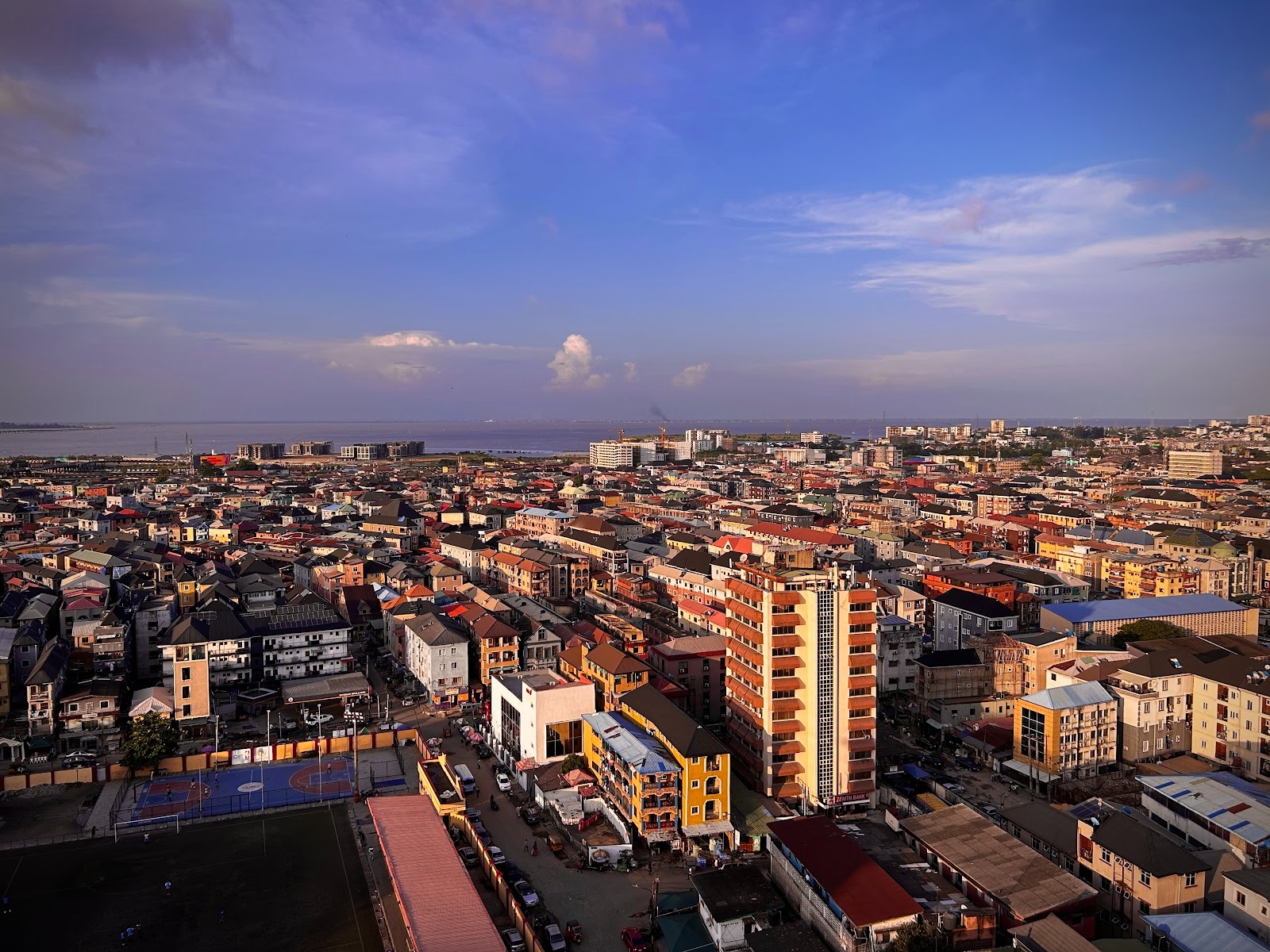
Riding the elevator to the top floor, I felt a feeling I can only describe as consternation—not quite anxiety, not quite lethargy, something more hazy, more amorphous. I was recovering from a bout of malaria that had left me all but sapped of life the whole week. I had also originally missed out on the tickets, a situation that was rescued by my being a culture journalist. But here I was waltzing into an event set to start by 11am by 4:30pm—I hate being late. As my mind buzzed with questions, among them the question of how much I’d missed, I wondered if the stirrings of my mind were, in a twisted way, mirroring the gentle whoosh of the elevator hurtling me to the top floor.
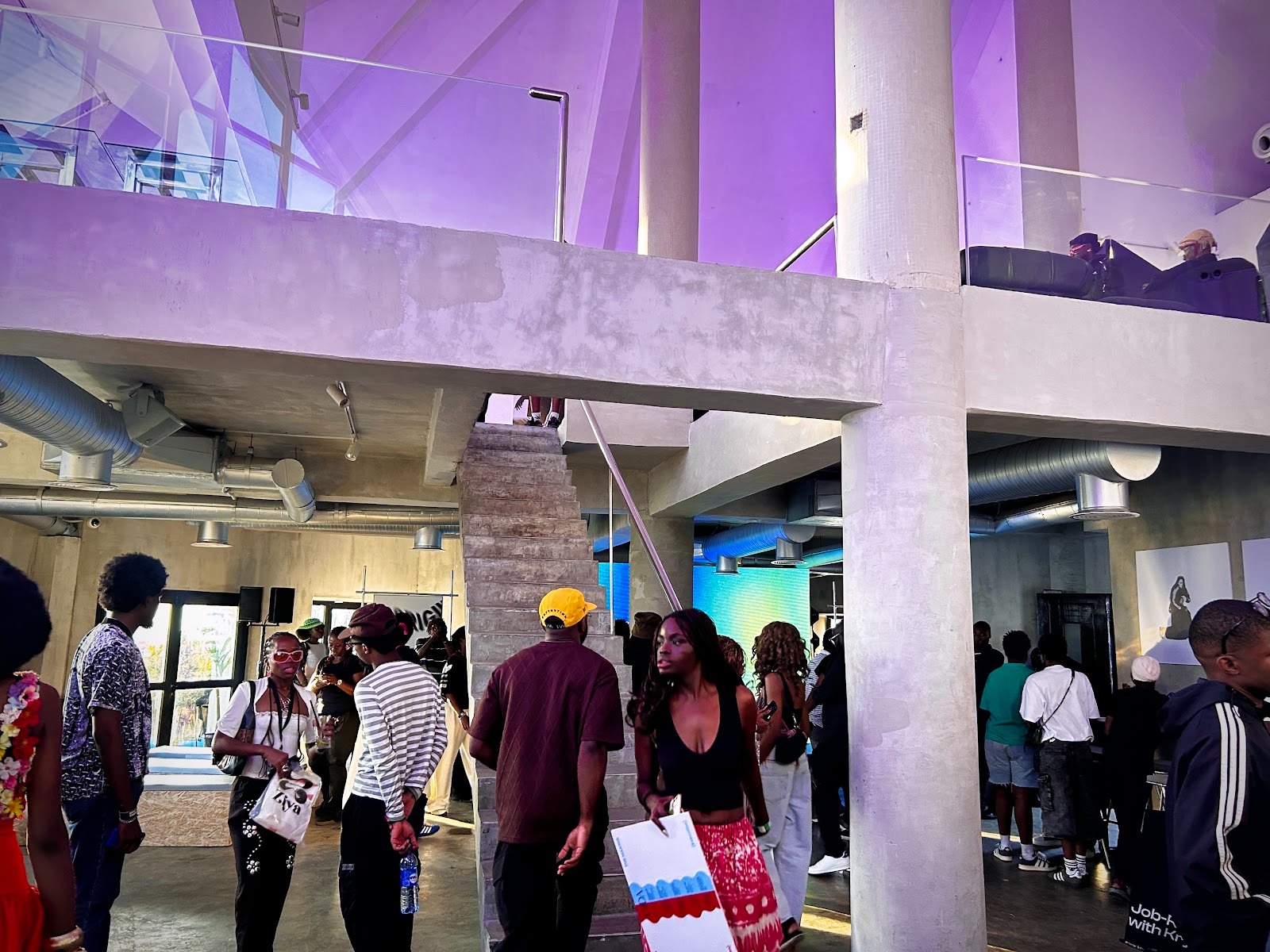
I spotted two of my colleagues making conversation just outside the entrance and exchanged pleasantries before trotting into the venue. As I stepped into the sprawling hall, I felt the air shift. At the front was a large colorful screen, flanked by two smaller posters that read: Originals Studio. Purple light from the loft above filtered scantily into the hall, forming an interesting melange with the blue-green light from the scene. Later that evening, as the darkness fell, I would see some of the most interesting displays of indoor lighting I’ve witnessed in a long time. The space buzzed with people, most of them radiating that energy perceptive creatives are all too familiar with. As a bonus, they were all so fashionably dressed; many outfits featured Adidas iconography.
I spotted a few more friends and acquaintances and milled around for a bit when it dawned on me, with forceful lucidity, that I was on something of a self-imposed clock: having arrived late, I had a limited window to experience the event, else I’d have nothing worthwhile to write about. As I contemplated this calculus, Korty EO breezed past me, she looked radiant wearing a green sports jacket, loose-fitting black pants, and matching green sambas. Her sister—I think her name is Ralia—was in tow, wearing a black top tucked into a white ankle-length frou-frou skirt and chic blue sambas. As I turned towards the balcony, where a few people, awe-struck by the beautiful incipient sunset, were taking pictures and making conversation, I saw Daniel Obasi. His outfit looked straight out of a French avant-garde film. A black round cap. A black t-shirt. A black suit jacket. Dark colored Adidas sports shorts, complete with the stripes. Red socks. Black loafers.
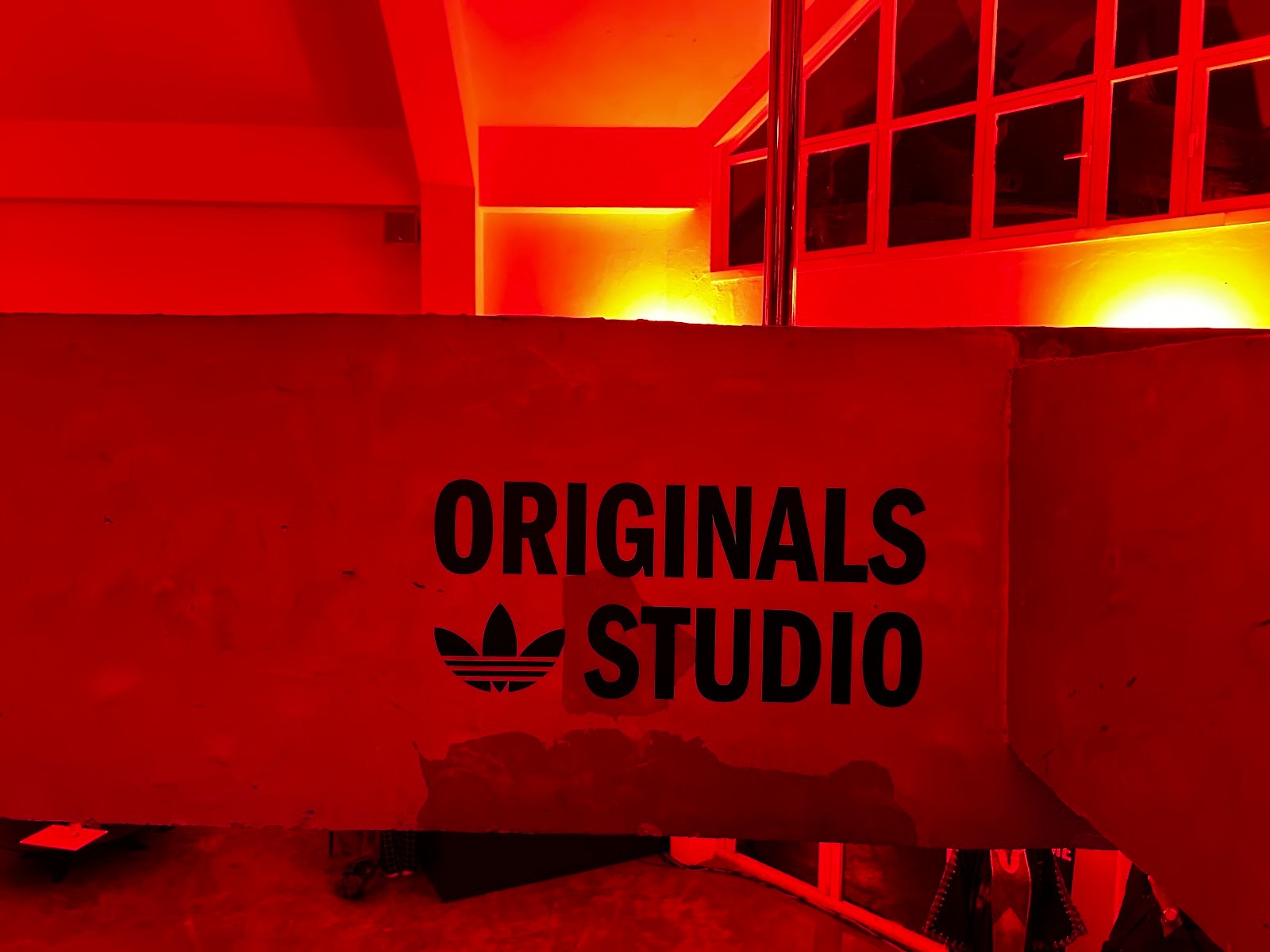
He sauntered by and we exchanged pleasantries. He was warm but didn’t seem to recognize me. We had met, months ago, at a panel conversation, where, among other things, he delivered an impassioned speech extolling the inimitable value of human creativity. After the panel discussion we—myself, Daniel, and another friend—had another round of discussion, punctuating our conversations with slurps of soda and crunches of plantain chips. Remember me? I wanted to ask, but the words formed a dense ball in the pit of my stomach, leaving me with an awkward smile.

At the balcony, bathed in the soft orange glow of the setting sun, I made conversation with a guy I met as we waited for the grand arrival of Daniel Obasi, who was to conduct a workshop exploring identity, emotion, and the stories that live behind every image. To my dismay, an attendant arrived with the wrenching news that only those with red colored bands would be allowed for the session. Murmurs broke out but soon the words settled and calcified, like grains of sand sinking to the bottom of a puddle of water, and we were all quietly filing out. Soon I was on the lofted floor, sprawled on a couch. The loft was bathed in a beautiful purple glow. Here I met a fresh group of acquaintances. We strolled downstairs, grabbed cocktails—mine was ginger-flavored, containing Hennessy and a Coke. Back in the loft, we perused the space, stopping to admire the posters on the wall and a formation of Adidas shoes arranged in front of the room.

I ran into a photographer friend, who gave me a rudimentary lesson in event photography. Soon I was snapping away, nothing escaped my camera. I looked down one of the tall windows and saw Daniel Obasi surrounded by a group of notebook-clutching “students.” Snap, snap, snap. He appeared to be instructing them in the rules of composition. At some point, he dropped to his knees to adjust the pose of a model who sat in a chair wearing a black jacket.
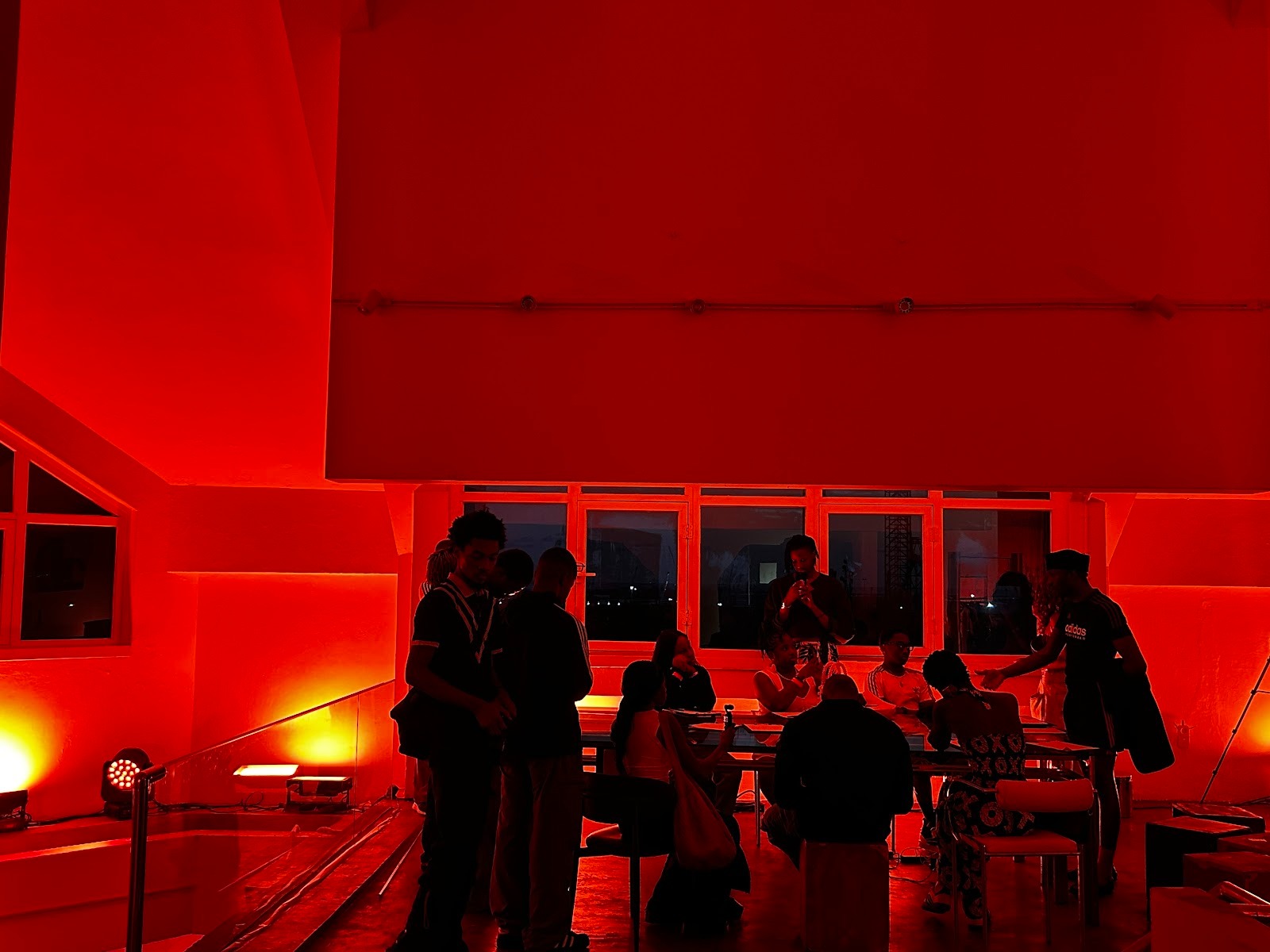
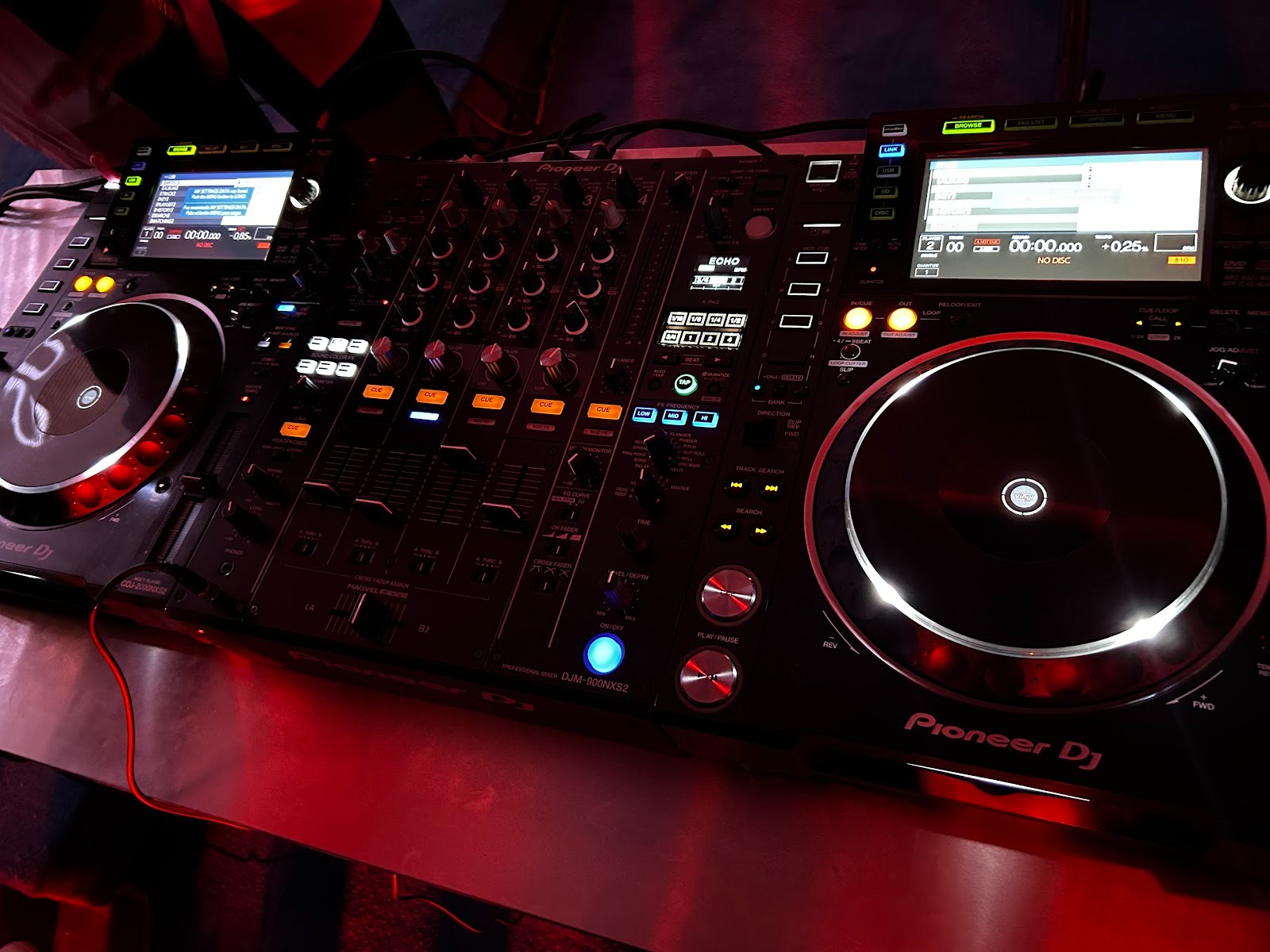
The highlight of the event for me was the workshop by DJs from Sweat It Out Lagos, a collective covering the electronic scene in Lagos. We formed clusters around three DJ decks, listening, learning, and putting into practice the teachings of the DJs. Apparently, being a DJ involves an incredible amount of counting, like, a lot. We were also treated to a variety of useful theoretical knowledge such as the idea that a DJ could, in theory, thread together a super long, possibly endless, song. Seems pretty simple and obvious but I had never thought of it that way.

Soon enough the after-party was underway. I guzzled down a cocktail and then some more. The room vibrated with a melange of loud electronic music from We Are Chemicals—who happens to be one of my favorite DJs—impassioned dancing, and colorful lighting. Servers wielding trays of food floated around. The burgers, made of tender lamb, were delicious as was the jollof rice, served in small cups. More cocktails. A little dancing. More dancing. Soon I was on a tall stool, at the right side of the room. “Are you having fun?” I asked the guy to my right, somehow my voice was audible over the loud music. “Yes,” he shouted, cupping his hands around his mouth. “Why’d you come here, to the event?” I continued, feeling the alcohol and my journalistic instincts perform an awkward tango. “What did you say?” His hands were still cupped around his mouth. “Why did you come to this event?” “Oh. For the workshops but also to soak up the creative energy and meet cool people.” “Did you meet any cool people?” He paused and dispatched a crisp smile before replying: “Well, I met you!”
